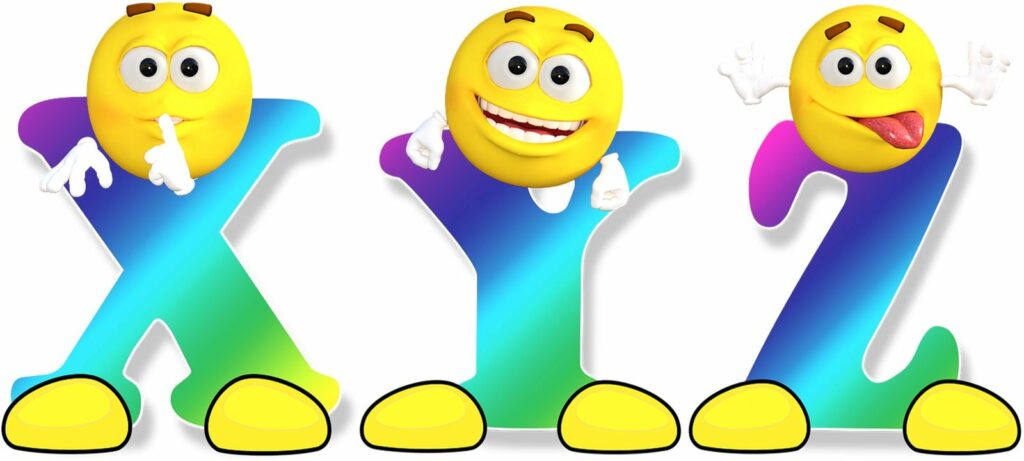
Incentivizing with threats and money
Theory “X” is based on pessimistic expectations of the average employee: he shirks work at the slightest opportunity, avoids responsibility, does not take initiative, does not like additional obligations and works only for money. In this model, any average employee is always less intelligent and more lazy than his manager, so he needs close supervision and strict control. In theory “X” the main motivating incentive is coercion, and auxiliary – material rewards. Its obvious disadvantage is the high risk of incipient protest moods in the team. But it also has an advantage – a high degree of work consistency. The fact that the manager has full control over the production process allows standardized procedures to be followed. In other words, this model is best suited for managing “casual” people, as well as for manual labor or conveyor production.
Motivation by self-affirmation and encouragement
Employees are one of a company’s most valuable assets. This is the theory of “Y”. It states that people have a strong intrinsic motivation that makes them constantly improve themselves without expecting to receive a direct “reward” for it. According to this model, employees are responsible and proactive, they enjoy their work, want to participate in decision-making and do not require constant supervision. If they are given the freedom to make their own plans and prioritize their work, they will start working with full commitment. At the same time, every employee wants to know how their efforts are evaluated so that they can make timely adjustments to their work. The most significant incentive for employees is self-affirmation, followed by moral and material encouragement, and coercion is in last place.
Theory “Y” is most effective for research, creative and project work, but it has disadvantages. For example, the broad authority of employees and low control by management leave room for error and the so-called human factor.
Motivation by belonging to a team
Theories “X” and “Y” are not opposite poles of the same scale, but two independent concepts. Douglas McGregor devoted many years to the search for an intermediate model, but did not have time to do what he had planned. His work was continued by American professor William Ouchi, who in 1981 formulated the theory of “Z”, where he adapted for the West the principles of the traditional Japanese management system, which became popular on the wave of the Asian economic boom.
According to Theory Z, employee motivation should be based on values that are formed through trusting relationships, commitment to the team and common goals. Ideally, in this model, the company becomes one big family for its employees, provides them with stable long-term employment, and pays attention to their welfare and well-being, even outside the office. Another point that brings corporate and family values closer together is slow career growth: an employee gets another promotion after reaching a certain age.
The leading incentive for people in Theory Z is moral and the second most important is material reward. In a company operating according to this model, decisions are made on the basis of consensus. Managers have clear methods and criteria for evaluating the performance of their subordinates. The company’s employees, in turn, set ambitious goals and pay much attention to self-education.



